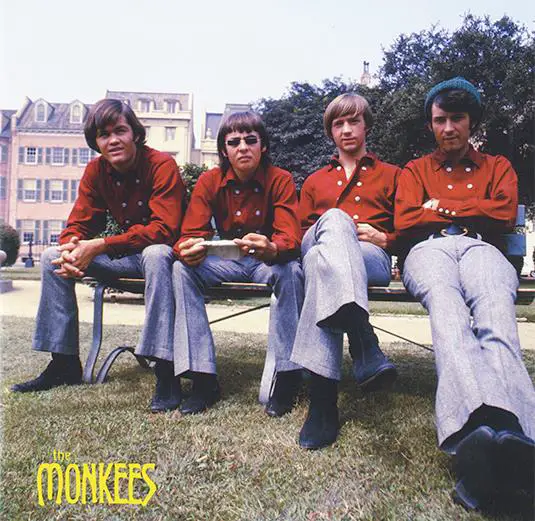The Monkees Songs Ranked
The Monkees are an American rock and pop band originally active between 1966 and 1971, with reunion albums and tours in the decades that followed. Their original line-up consisted of the American actor/musicians Micky Dolenz, Michael Nesmith, and Peter Tork with English actor/singer Davy Jones. The group was conceived in 1965 by television producers Bob Rafelson and Bert Schneider specifically for the situation comedy series The Monkees, which aired from 1966 to 1968. The band’s music was initially supervised by record producer Don Kirshner, backed by the songwriting duo of Tommy Boyce and Bobby Hart.
Following the television show’s cancellation in 1968, the Monkees continued to record music until 1971, after which the group broke up. A revival of interest in the television show came in 1986, which led to a series of reunion tours and new records. The group has reunited and toured several times since then with different line-ups (but always containing Micky Dolenz and at least one of the other original members) and with varying degrees of success. Jones died in February 2012 and Tork died in February 2019. Dolenz and Nesmith remain active members of the group.
Dolenz described The Monkees as initially being “a TV show about an imaginary band… that wanted to be the Beatles that was never successful”. Ironically, the success of the show led to the actor-musicians becoming one of the most successful bands of the 1960s. Here are all of The Monkee’s songs ranked,
Don’t miss out on the TIMELESS music of The Monkees! Click to experience the popular 60’s sounds!
20. For Pete’s Sake (Headquarters, 1967)
“This became the closing theme in the second season of The Monkees tv series (and is usually the ending theme on both seasons in reruns). Sometimes, let’s face it, the whole 60’s “peace, love” thing can be preachy, or cloying, but this isn’t, probably because the music is so good. It’s hopeful without being too sugary. There is one lyrical ?? moment… “We must be what we’re going to be.” Well, there’s a self-evident statement! Even that doesn’t hang this up. The counterpoint between the lead and the backup, the sliding sound of it, plus the nostalgia make this a fun one.”
19. Circle Sky (Head, 1968)
“The ballsiest song the Monkees ever did, IMO. Also, the most thinly veiled song Michael Nesmith wrote about the trappings of fame. The scene in Head where they play this song to screaming fans and then are literally ripped apart, revealing them as mannequins, is disturbing enough without the inserted imagery of violence from Vietnam, but it’s a great juxtaposition of what matters and what doesn’t.”
18. Papa Gene’s Blues (The Monkees, 1966)
“This is not one of the group’s better-known efforts, but it’s one of my most favoritest songs. Even though it’s kinda cheesy in the way it’s performed and is very bluegrassy, I think it’s one of the sweetest, happiest songs I’ve ever heard. I plan on having it played at all of my weddings.”
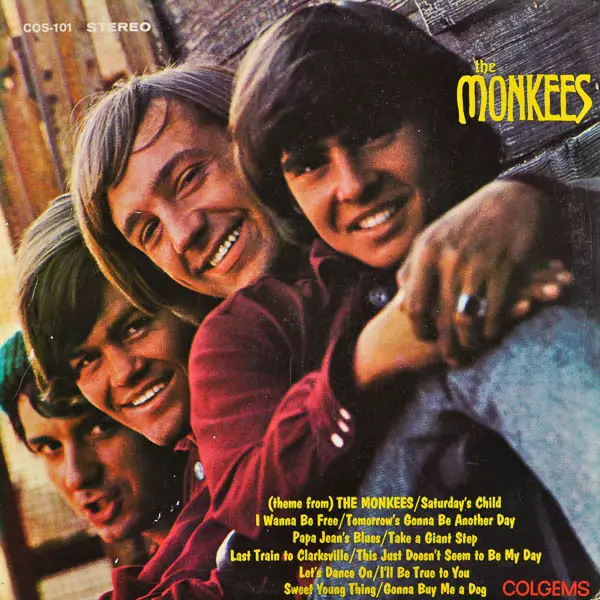
17. Shades of Gray (Headquarters, 1967)
“Yes, the lyric should be “easy then” rather than “easier than.” This seems to me to be a statement on the experience of the Sixties, a time of massive upheaval and change, a time when people questioned authority, and “the old road rapidly faded.” Ideas and mores that seemed so simple and so cut-and-dry about right and wrong and black and white in the Fifties quickly and stunningly were thrown to the wind in the Sixties. Only shades of gray remained.”
See more: The Monkees Albums Ranked
16. Look Out (Here Comes Tomorrow) (More of the Monkees, 1967)
“What a wonderful throwback to Bubble Gum. This type of easy listening soft rock kept the attention of all generations. Not too twangy, not too symphonic, just a great beat with understandable vocals that make you happy to sing along.”
15. You and I (Instant Replay, 1969)
“Also a good track of Jones is another reflective song on the band situation, You and I Penned together with Bill Chadwick it is very true to its lyrical content and its delivered in a steady manner with Guitar support not only coming from Chadwick, but also the great Neil Young Appears”
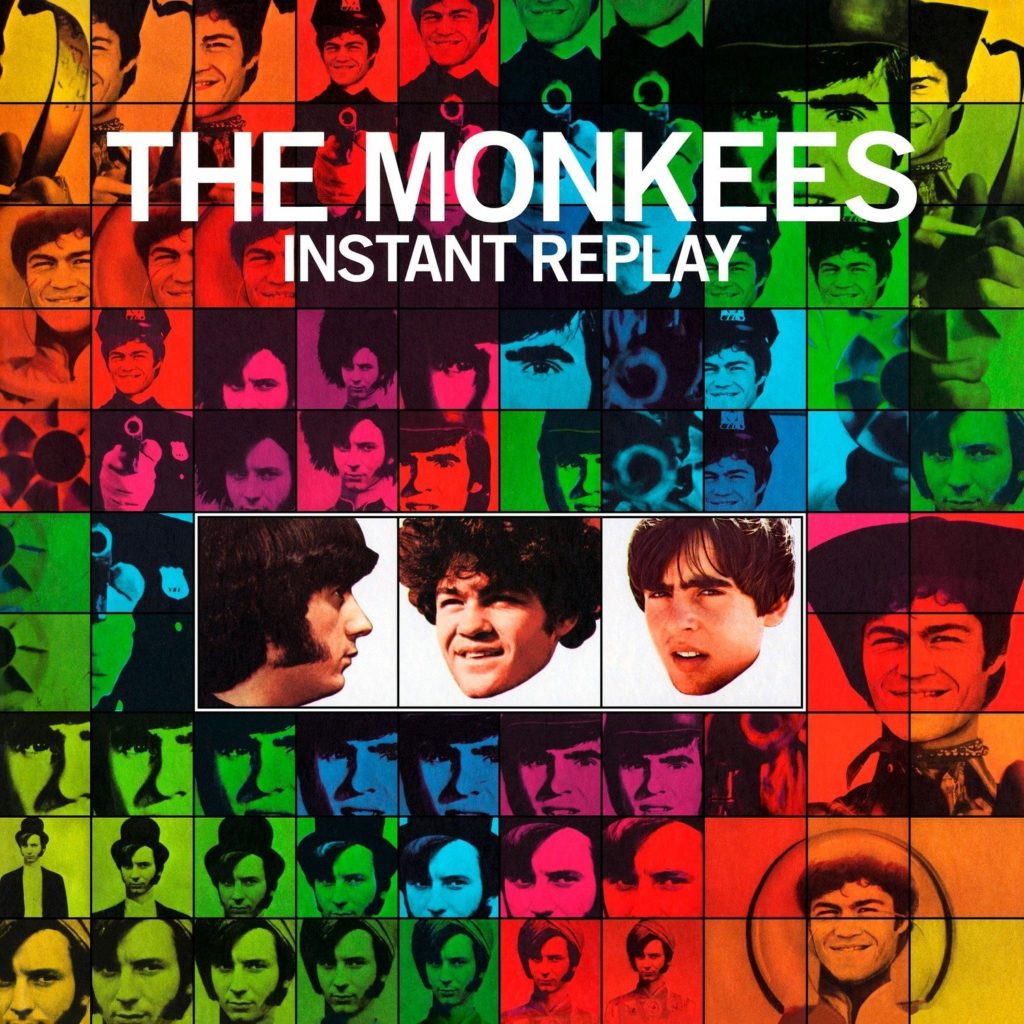
14. Every Step of the Way (Pool It!, 1987)
“I love this! It’s a vinyl single from the Pool It! album has two great songs, both with Davy on lead vocals. It also has a great picture of Davy, Micky, Peter on the record. If you haven’t heard of Pool It! , you should check out the whole album. It has some really good (and under appreciated) songs.”
13. Mary, Mary (More of the Monkees, 1967)
“Mike Nesmith should have been given a Monkees single long before this but here he takes his chance with two fine pop numbers, either of which could have been the A-side. There’s a steady persistence in the beat and rumbling guitar riff to the Micky Dolenz-sung “Mary Mary” almost taking the group into garage rock territory”
12. A Little Bit Me, a Little Bit You (Headquarters, 1967)
“”A Little Bit Me, A Little Bit You” is to my ears more a novelty than a ’60s classic, with its colourful organ and less-than-legendary lines like, “I’m a little bit wrong, you’re a little bit right.” Still, it’s the Monkees, with whom you generally can’t do worse than a little bit wrong (to borrow a turn of phrase), so it’s still perky and catchy enough to overcome my not-so-vested bitterness and get a passing grade.”
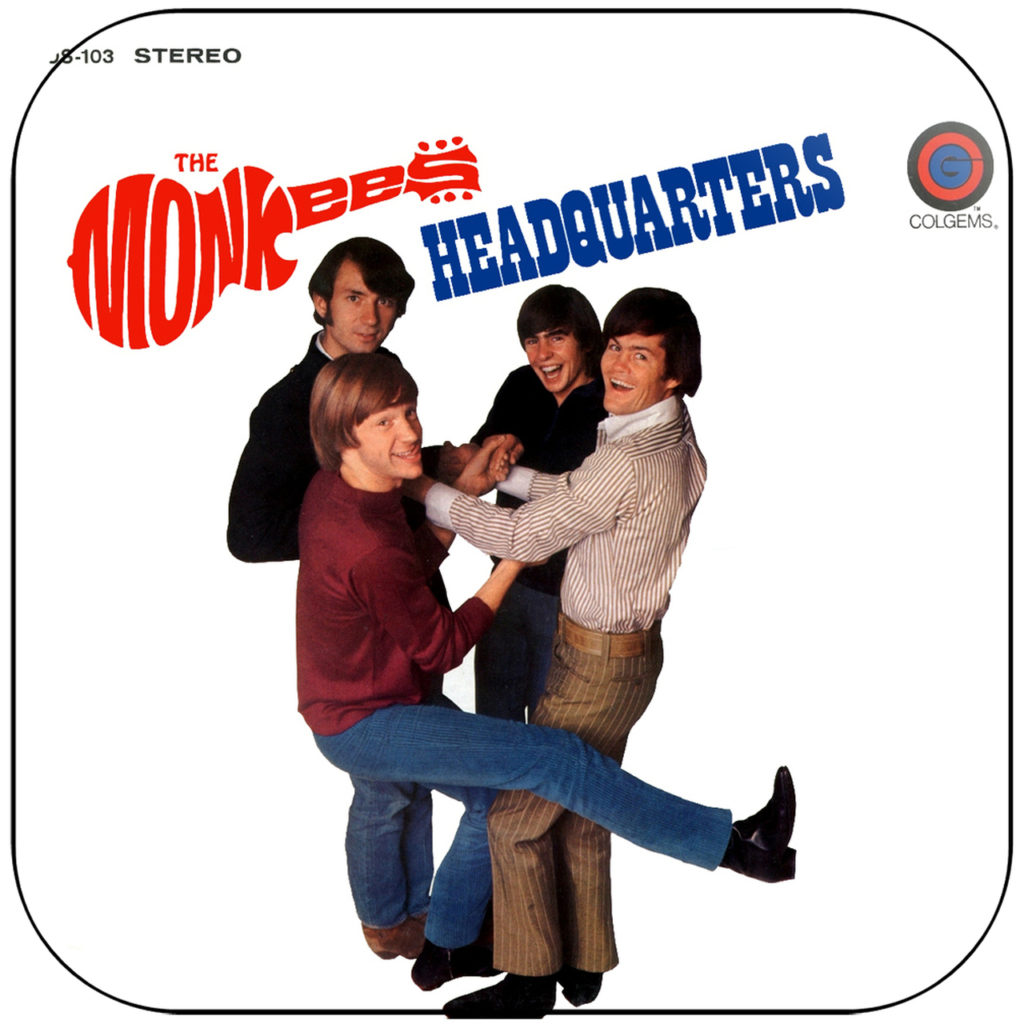
11. Listen to the Band (The Monkees Present, 1969)
“Listen to the Band is actually a super great song! And I don’t even like country! But like you have his charming country ditties just awkwardly thrown in with the rest, the rest being really uninspiring basic 60’s pop rock genericism. Even from the non-band songwriters at this point.”
10. Goin Down (Pisces, Aquarius, Capricorn & Jones Ltd., 1967)
“”Goin’ Down”, originally the flip side of “Daydream Believer”, has renewed popularity with its use in the Emmy Award winning drama “Breaking Bad”. A hard driving song backed by a horn section arranged by Shorty Rogers including top studio musicians like Bud Brisbois with an unmistakable trumpet solo. Micky shows his chops throughout with Mike on guitar, Peter on bass, Davy on (what else) percussion and Eddie Hoh providing the fast drum beat. The song was based on a track for Mose Allison’s “Parchment Farm”.”
9. Porpoise Song (Head, 1968)
“Clearly, this is their most psychedelic track. And what makes the single so attractive to psych collectors is that this version contains an extra minute of music beyond the LP version’s fade out. It’s a slow and lethargic psych number with piano, organ, strings, oboe and sound effects. The other side is mid-slow, acoustic guitar driven folk/pop with some light organ.”
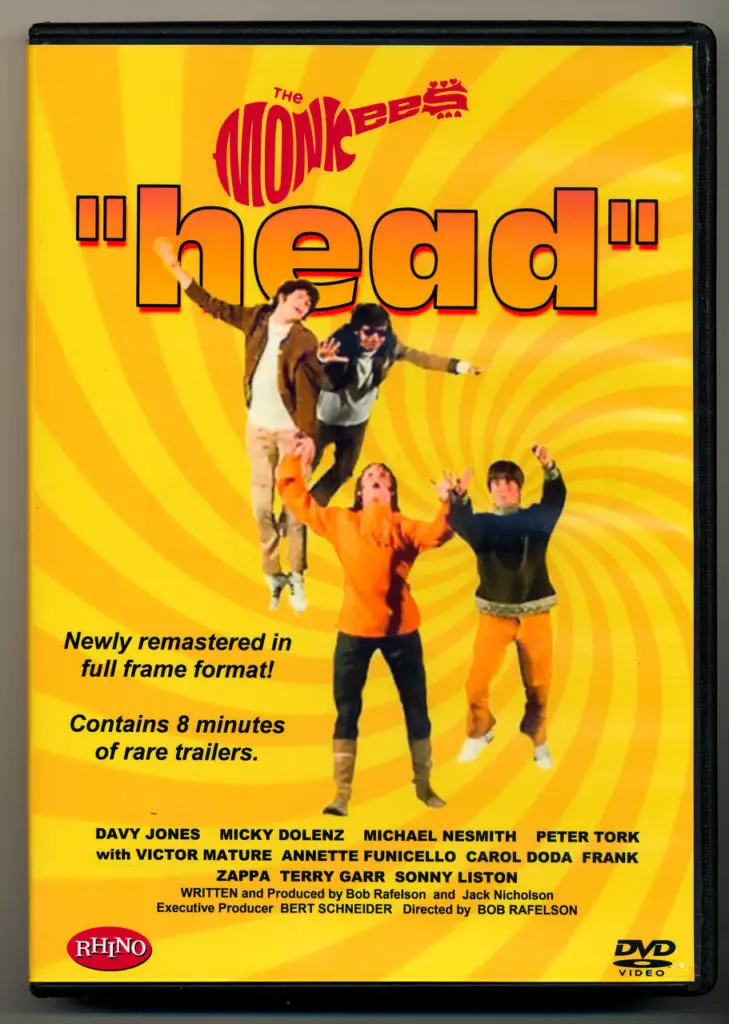
8. She (More of the Monkees, 1967)
“Love this song! Loved watching the TV show also. Looking back on some of the old episodes, I would consider them corny – but back in the 70’s – good times. One of the best Monkees’ songs.”
7. Star Collector (Pisces, Aquarius, Capricorn & Jones Ltd., 1967)
“The final track on the Monkees, excellent Pieces, Aquarius, Capricorn & Jones Ltd. album, “Star Collector is an excellent and pointed attack on groupies. Surely a subject near and dear to the Monkees’ hearts, the group gives a rousing and comedic performance of the song, highlighted by Davy Jones’ lead vocal.”
See more: Brad Paisley Albums Ranked
6. (I’m Not Your) Steppin’ Stone (More of the Monkees, 1967)
“”Steppin’ Stone” is a different matter altogether, a tough-talking character assassination of a girl getting above her station in society. The music is appreciably harder, if stopping short of “garage-punk” and someone is clearly enjoying knocking seven bells out of that tambourine.”
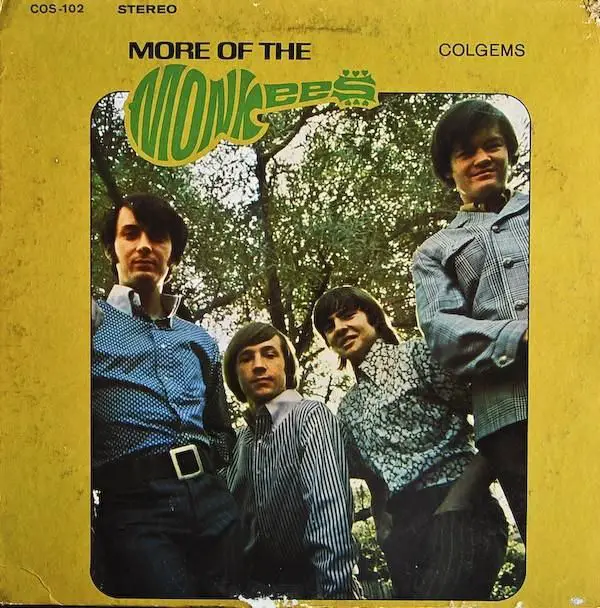
5. Valleri (More of The Monkees, 1967)
“The lyrics are trite and inconsequential, but that actually might work in the song’s favor. Between the lightning-fast flamenco-like acoustic guitar, the fuzztone electric guitar, and the brass work, the last thing this song needed were important lyrics to detract from that awesome music. I’ve heard tell that the Monkees never played this song in concert because Michael Nesmith hated it. I just assumed it was because nobody could replicate that guitar part, and if you can’t, why bother playing the song?”
4. Pleasant Valley Sunday (Pisces, Aquarius, Capricorn & Jones Ltd., 1967)
“The A-side is, quite simply, superb power pop, with a great guitar line and harpsichord popping up now and then. Micky sings the hell out of it, too. The actual song, by Goffin and King, no less, takes pot shots at suburbia in a way that would do Ray Davies proud.”
3. Last Train to Clarksville (The Monkees, 1966)
“No matter who sings and plays on the recording, “Last Train to Clarksville” is one of the best pop singles of the 1960s. And, I wonder why nobody has mentioned it, it deals with a young soldier who has been drafted to Vietnam (“I don’t know if I’m ever coming home”), via a military training center (possibly Fort Campbell, Kentucky, near Clarksville, Tennessee).”
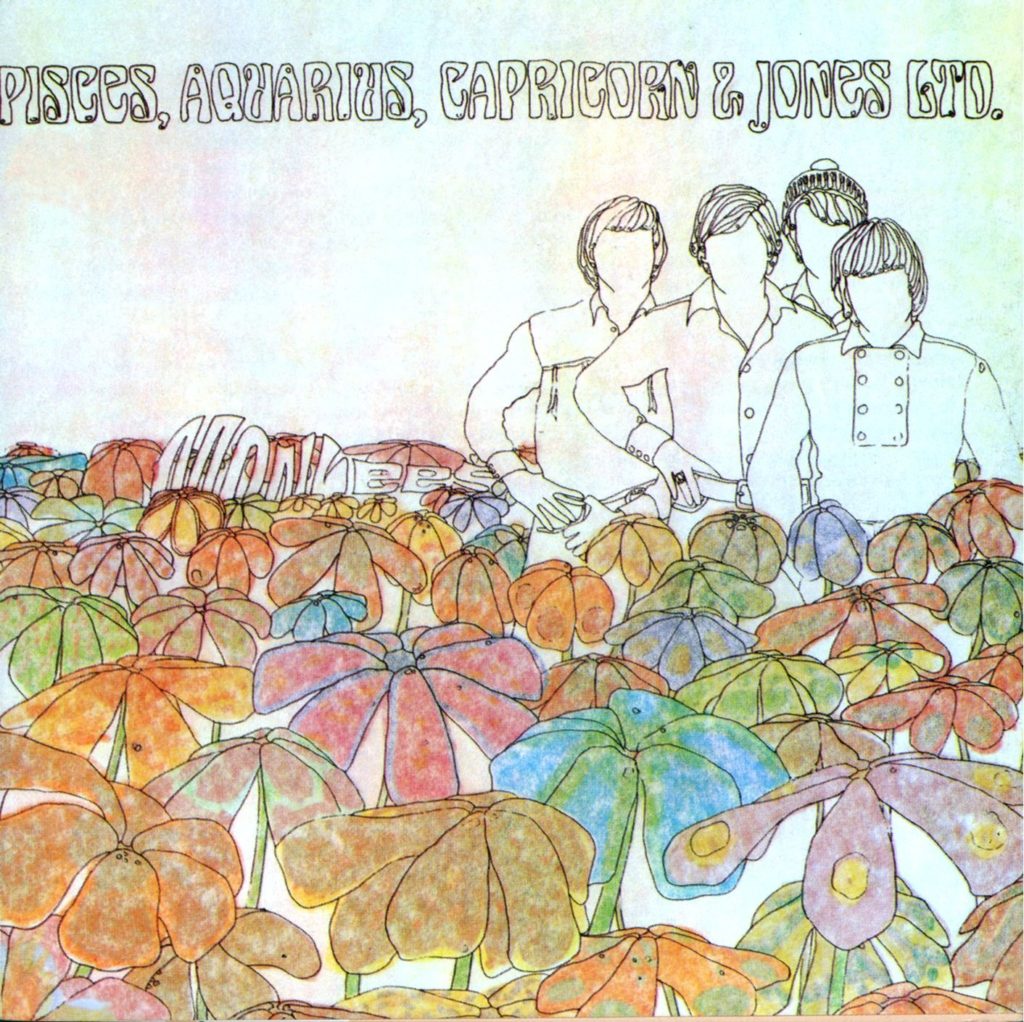
2. I’m a Believer (More of the Monkees, 1967)
“I’m a Believer” is one of those songs that seems to have always been there, at least as far as contemporary music is concerned. It just is a song that was always a nugget in someone’s head that finally came into being. It’s got all the ingredients of a good pop song: a catchy three-chord hook, some nice harmonic progressions in the chorus, simple lyrics, a texture that blends a rock edge, and pop harmonics. In fact, if there’s any real problem with “I’m a Believer,” it’s the sheer familiarity of it. The song feels so natural that any recording of it sounds phoned in by virtue of the melody itself. The failure of the lyrics to be compelling makes the song pretty lazy whether it’s the Monkees, Smash Mouth, Eddie Murphy, or any number of one-hit-wonders who have performed it. Of all the 60s #1 hit songs, this one might be the most overplayed.”
1. Daydream Believer (The Birds, The Bees & The Monkees, 1968)
“If the Monkees had been around in the 90s, all they would have had to do was turn up the distortion a little and they could have been one of the leading ‘Britpop’ groups- even if they were American. The sweet melodies, the geeky grooviness and that romantic idealism, it all seems kind of indie to me. The Boomers have maintained their prejudice against the band, notably by refusing them entry into the Rock and Roll Hall of Fame, but this band made more than their fair share of outstanding pop records.”

